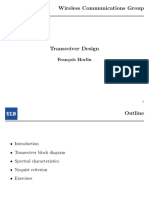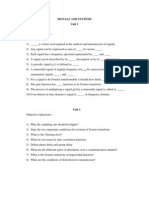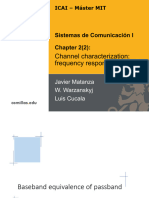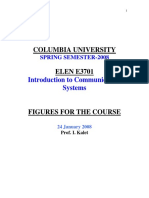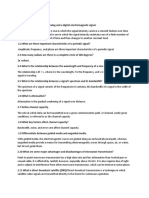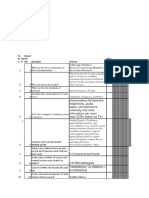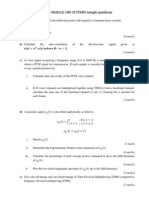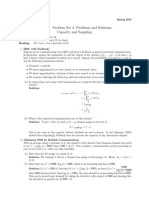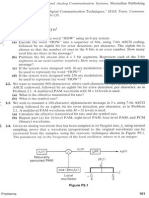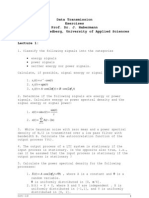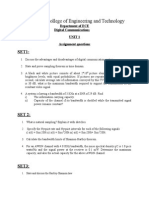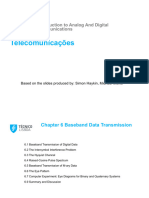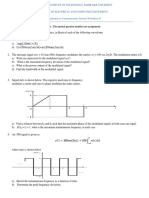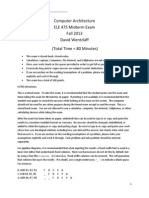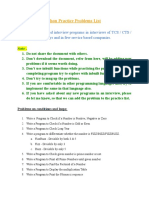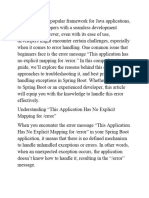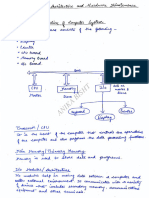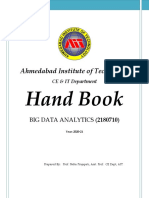0% found this document useful (0 votes)
71 views2 pagesTutorial 1 Assignment
The document discusses fundamentals of wireless digital communication through 15 tutorial questions divided among 5 groups. The questions cover topics such as minimum bandwidth requirements, Nyquist sampling rate, correlation, channel capacity, convolution, spectrum analysis, and autocorrelation functions. Modifying systems to cope with SNR variations and representing arbitrary functions as sums of even and odd components are also addressed.
Uploaded by
baaaaNDSCopyright
© © All Rights Reserved
We take content rights seriously. If you suspect this is your content, claim it here.
Available Formats
Download as PDF, TXT or read online on Scribd
0% found this document useful (0 votes)
71 views2 pagesTutorial 1 Assignment
The document discusses fundamentals of wireless digital communication through 15 tutorial questions divided among 5 groups. The questions cover topics such as minimum bandwidth requirements, Nyquist sampling rate, correlation, channel capacity, convolution, spectrum analysis, and autocorrelation functions. Modifying systems to cope with SNR variations and representing arbitrary functions as sums of even and odd components are also addressed.
Uploaded by
baaaaNDSCopyright
© © All Rights Reserved
We take content rights seriously. If you suspect this is your content, claim it here.
Available Formats
Download as PDF, TXT or read online on Scribd
/ 2

